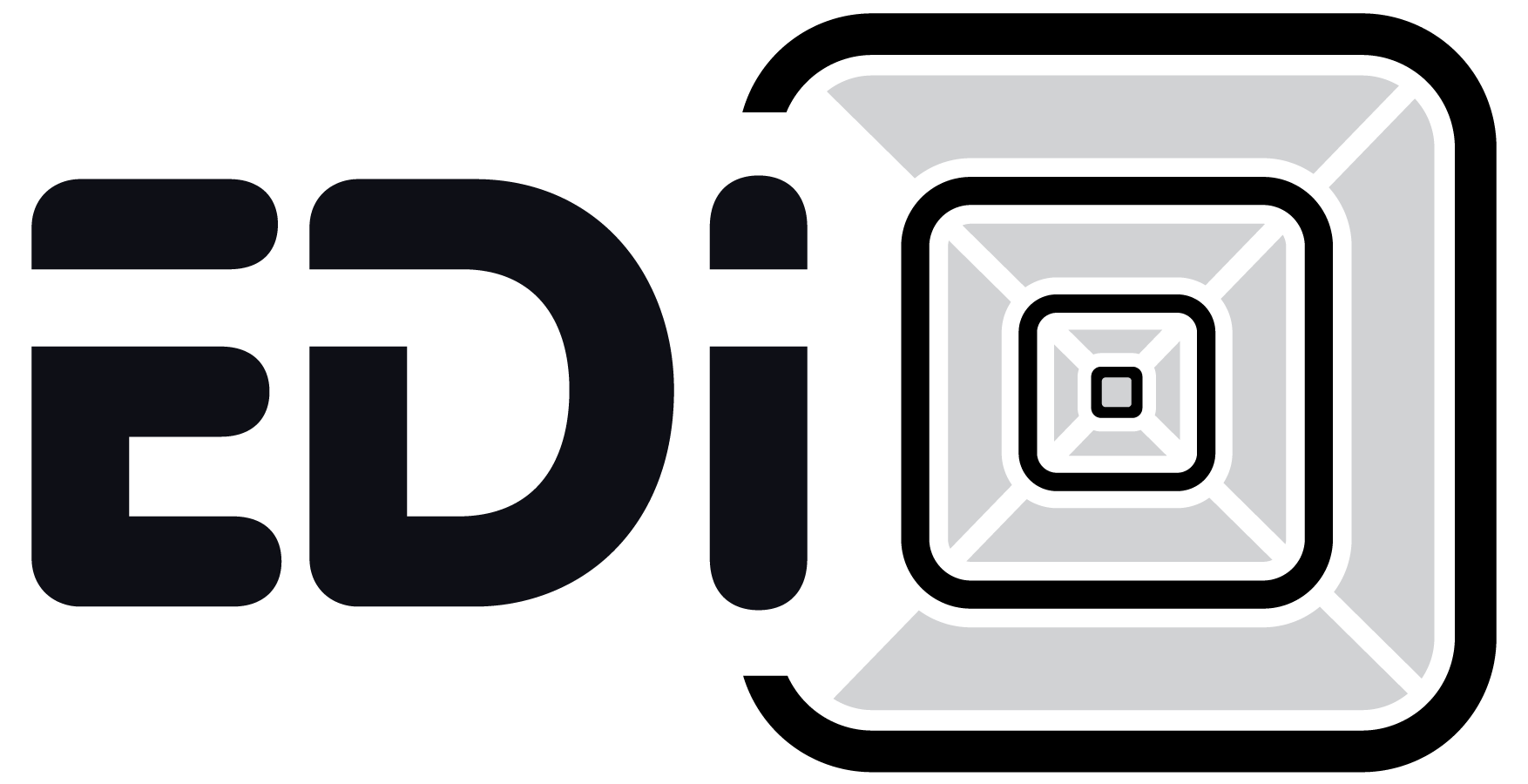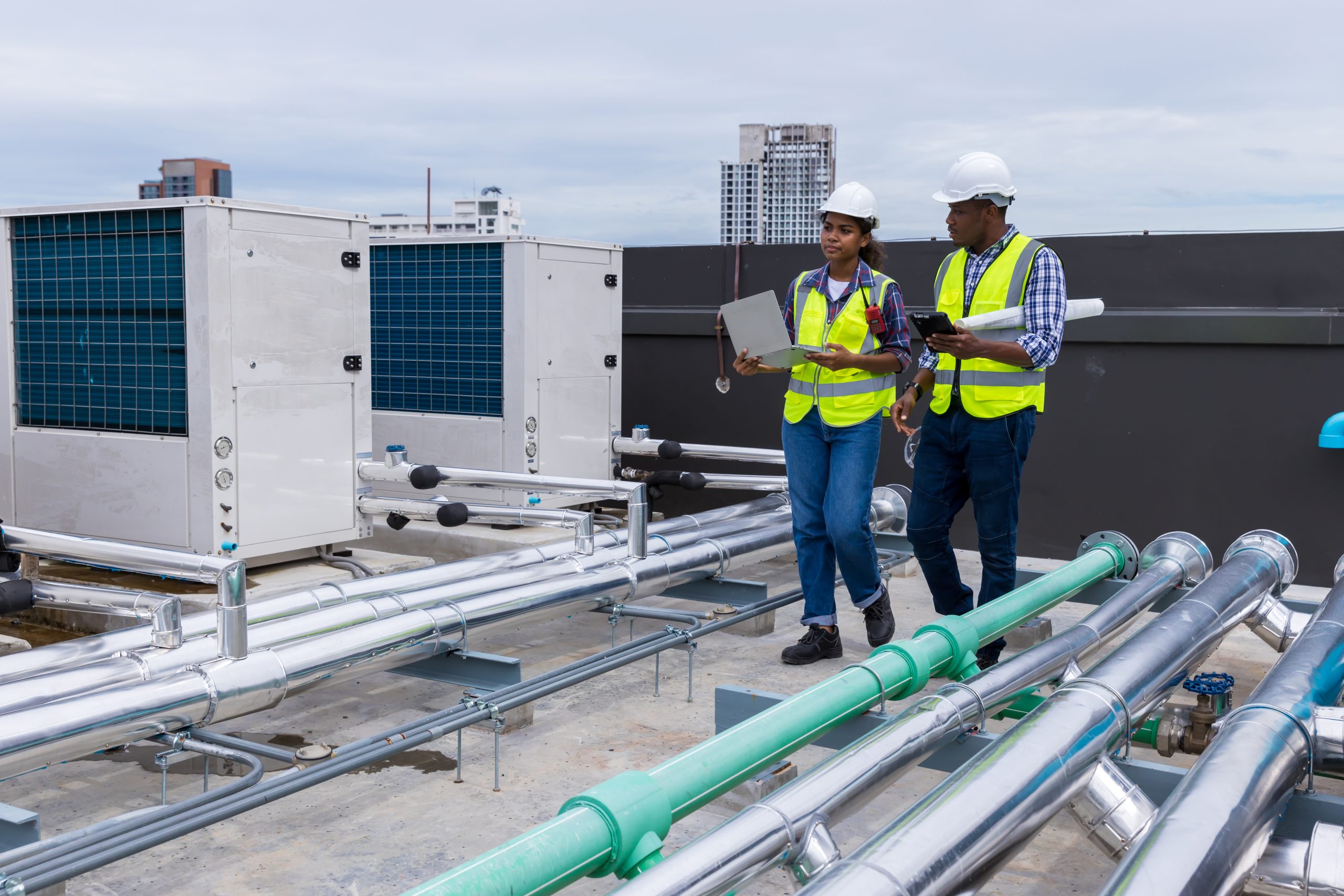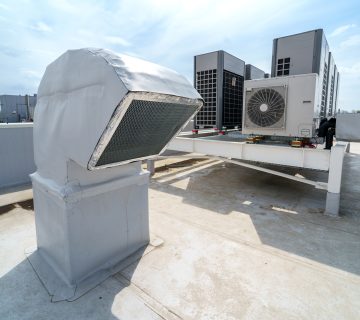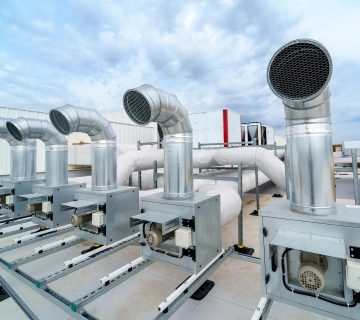The HVAC industry is undergoing a transformative shift toward sustainability and innovation, driven by a growing need for energy efficiency, reduced environmental impact, and improved indoor air quality. As building standards become more eco-conscious and technological advancements emerge, the future of HVAC will be centered on sustainable practices and cutting-edge innovations. In this blog, we explore the exciting trends shaping the future of the HVAC industry and how they benefit businesses, homeowners, and the planet.
The Push for Sustainability in HVAC Systems
Sustainability is no longer just a trend; it has become a necessity across industries, and HVAC is no exception. As HVAC systems are responsible for a significant portion of energy consumption in buildings, the need to adopt eco-friendly practices is paramount.
1. Energy-Efficient Systems: The future of HVAC is closely tied to the development of energy-efficient systems. High-efficiency units, such as those with higher SEER (Seasonal Energy Efficiency Ratio) ratings, consume less energy while maintaining optimal performance. These systems not only reduce energy bills for homeowners and businesses but also lower the carbon footprint of HVAC operations.
2. Renewable Energy Integration: HVAC systems powered by renewable energy sources, such as solar and geothermal, are gaining popularity. Solar-powered HVAC units use photovoltaic panels to convert sunlight into electricity, reducing dependence on traditional power sources. Geothermal heat pumps tap into the Earth’s stable underground temperatures to provide heating and cooling, offering a highly efficient, eco-friendly solution.
3. Smart Thermostats and Automation: Smart thermostats are revolutionizing the way HVAC systems operate by optimizing energy usage based on real-time data. These devices allow homeowners and businesses to monitor and control their systems remotely, automatically adjusting temperatures to reduce energy consumption when spaces are unoccupied. The integration of automation and IoT (Internet of Things) technology in HVAC systems will continue to drive sustainability.
Innovations Leading the Way in HVAC Technology
Innovation is at the heart of the HVAC industry’s future. As new technologies emerge, they are enhancing system performance, improving comfort, and contributing to a more sustainable world.
1. Variable Refrigerant Flow (VRF) Systems: Variable refrigerant flow (VRF) technology is a game-changer in the HVAC industry. VRF systems allow for precise temperature control by adjusting the flow of refrigerant to different zones within a building. This results in highly efficient cooling and heating, reducing energy consumption and minimizing waste. VRF systems are especially beneficial for large buildings with varying temperature needs across different spaces.
2. Advanced Air Purification Technologies: With a heightened focus on indoor air quality, new air purification technologies are being integrated into HVAC systems. Ultraviolet (UV) lights, ionization, and HEPA (High-Efficiency Particulate Air) filters are among the innovations improving the ability to remove contaminants, bacteria, and allergens from the air. These technologies are vital in creating healthier indoor environments, especially in commercial spaces like offices, hospitals, and schools.
3. Environmentally Friendly Refrigerants: As the industry moves away from harmful refrigerants like hydrofluorocarbons (HFCs), environmentally friendly alternatives such as R-32 and R-454B are being adopted. These refrigerants have a lower global warming potential (GWP) and help reduce the environmental impact of HVAC systems. In the future, expect to see more innovations in refrigerants that further minimize harm to the ozone layer and the climate.
4. Predictive Maintenance Using AI: Artificial intelligence (AI) and machine learning are making their way into HVAC systems through predictive maintenance technologies. These systems analyze data from HVAC units in real-time, detecting potential issues before they cause breakdowns. By predicting and preventing malfunctions, predictive maintenance reduces repair costs, extends system life, and ensures optimal energy efficiency.
Green Building Standards and the Role of HVAC
As more buildings aim to meet green building certifications such as LEED (Leadership in Energy and Environmental Design), HVAC systems will play a critical role in achieving these standards. Green buildings prioritize energy efficiency, water conservation, and improved indoor air quality—all areas where HVAC innovations can make a substantial impact.
1. Building Automation and Energy Management: Building automation systems (BAS) allow for the integration of HVAC systems with other building components, such as lighting and security. This interconnected approach enables comprehensive energy management, optimizing energy use across all systems. HVAC systems will increasingly become part of these larger, integrated networks to ensure sustainable, energy-efficient building operations.
2. Zero-Energy Buildings: The future of construction is moving toward zero-energy buildings, which produce as much energy as they consume. HVAC systems that utilize renewable energy sources, advanced heat recovery methods, and high-efficiency equipment will be integral to achieving this goal.
Embracing the Future of HVAC
The HVAC industry is at the forefront of sustainability and innovation. By embracing energy-efficient systems, renewable energy sources, and advanced technologies, HVAC professionals can contribute to a more sustainable future while delivering superior comfort and air quality. At EDI HVAC&R, we are committed to staying ahead of these trends and providing top-of-the-line HVAC solutions that meet the evolving needs of businesses and homeowners.
If you’re ready to explore sustainable HVAC solutions or need help upgrading your existing system, contact EDI HVAC&R today. Together, we can create a more energy-efficient and eco-friendly future.



